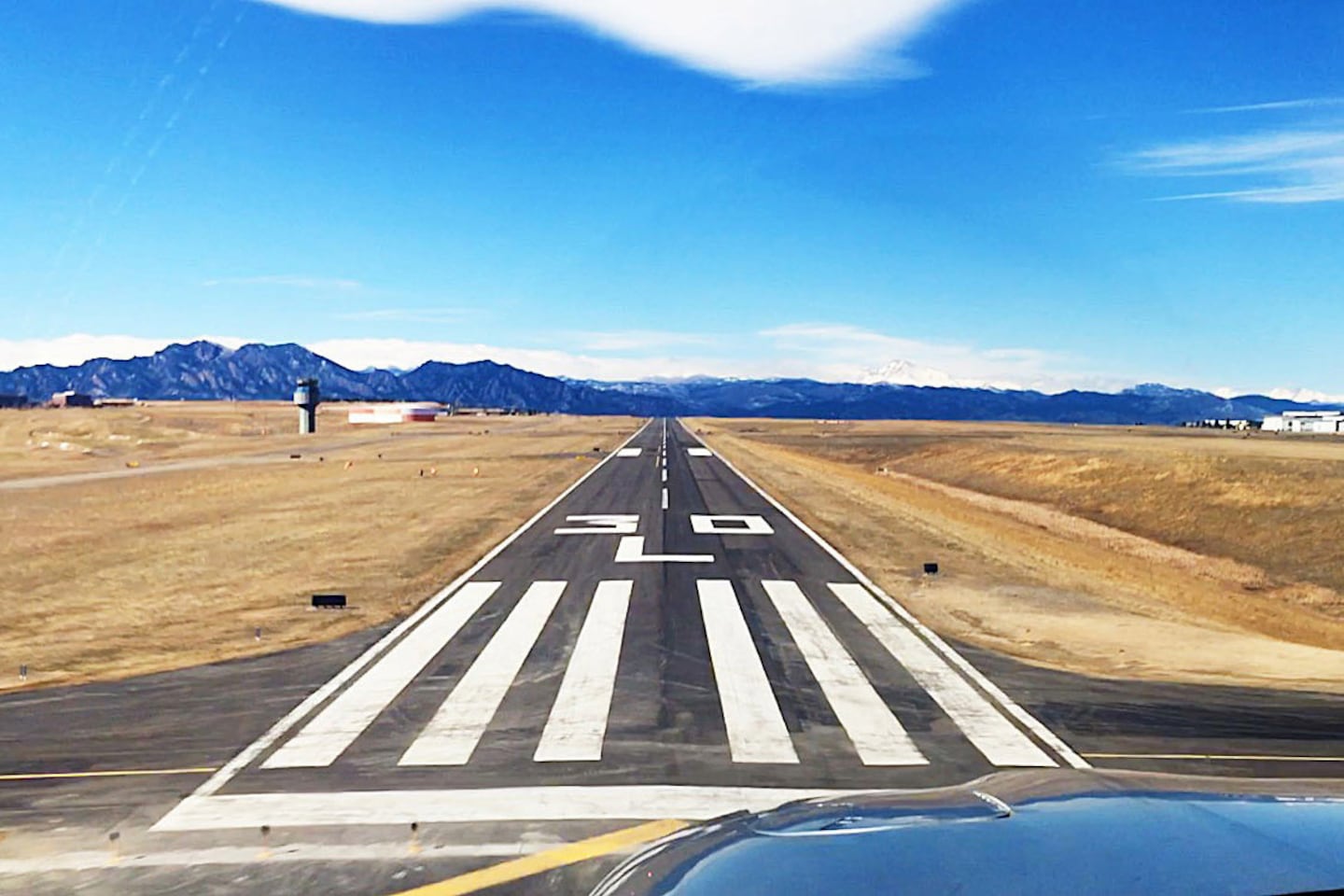The inauguration of the Tāwhaki National Aerospace Centre and its new sealed runway at Kaitorete marks a significant advancement for Aotearoa New Zealand’s aerospace industry.
The official opening on Friday propels the country further into a prominent position on the global aerospace stage but and underscores the partnership with Ngāi Tahu’s Warewa and Taumutu Rūnanga, melding indigenous knowledge with modern technological prowess.
Central to the centre’s ethos is the collaboration with the mana whenua of Kaitorete, embodying a holistic approach that integrates mātauranga Māori (indigenous knowledge) with aerospace innovation.
Tāwhaki director David Perenara-O’Connell emphasises the uniqueness of this mission, saying, “We believe this mission is truly unique. The way in which we weave together mātauranga Māori with cutting-edge innovation in aerospace and environmental rejuvenation, marks a new era in sustainable land use.”
Backed by a $5.4 million grant from the government’s Regional Strategic Partnership Fund, the centre is poised to generate substantial economic benefits, including over 1,300 high-value jobs and up to $2.4 billion in economic growth over the next decade. The facility has already attracted leading aerospace companies, such as Wisk Aero, Dawn Aerospace, and Kea Aerospace, leveraging its strategic location for testing and trial flights, including horizontal space launches and stratospheric exploration.
The partnership highlights a shared vision for a sustainable future, blending traditional wisdom with innovative practices in aerospace and environmental stewardship.

A great location for aerospace
The Tāwhaki National Aerospace Centre, set up near Kaitorete and close to Lake Ellesmere, is perfectly placed for aerospace activities and has everything needed for space-related work. Lake Ellesmere is one of the biggest lakes in New Zealand and offers clear skies, very little air and sea traffic, and a big, flat land that’s perfect for launching into space and testing new aerospace technologies.
Tāwhaki chief executive Linda Falwasser believes the area is special and considerations about care for the environment are being undertaken through the use of clean energy and keeping the land healthy for the future.
“We have one of the world’s best locations for aerospace and space launch and we’re prioritising critical infrastructure alongside rejuvenation of this special land. This includes exploring solar power and green hydrogen production and storage.”
Falwasser notes an exciting part of having the aerospace centre here is its closeness to Antarctica, meaning the centre sits as a gateway for research and exploration beyond New Zealand.


